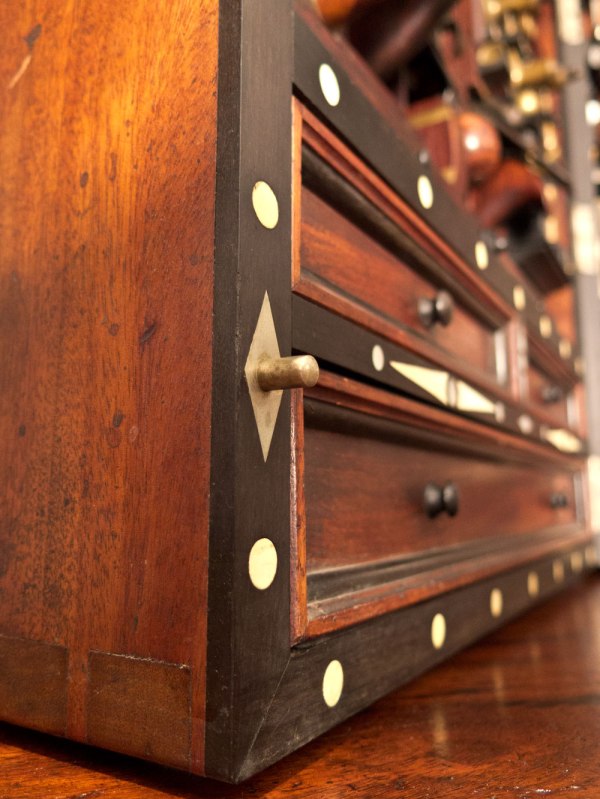Most of the verbiage I’ve read about the H.O. Studley tool chest has been misleading, candy-coated or just silly. I can say this because I’ve spent the last five years embedded with Don Williams, the author of our forthcoming book “Virtuoso: The Tool Cabinet and Workbench of H.O. Studley.”
Thanks to the scholarship of Don and his research assistants, we now have a clear(er) picture of Studley and the history of his chest and workbench.
For the first look at some of the real Studley story, I recommend you check out Matt Vanderlist’s blog at “Matt’s Basement Workbench” this coming Friday. Matt was kind enough to do a Skype interview with Don and Narayan Nayar, the photographer on the project.
They chatted with Matt last week while sitting in front of the chest and discussed some of the questions many woodworkers ask: Who was Studley? Why did he build the chest? And what will become of it?
Matt will publish the full 30-minute interview on his blog for free this Friday. Those who support Matt as a Patreon will also get a (very) cool segment we did on the workbench with Narayan manning the camera.
Go there on Friday!
— Christopher Schwarz











